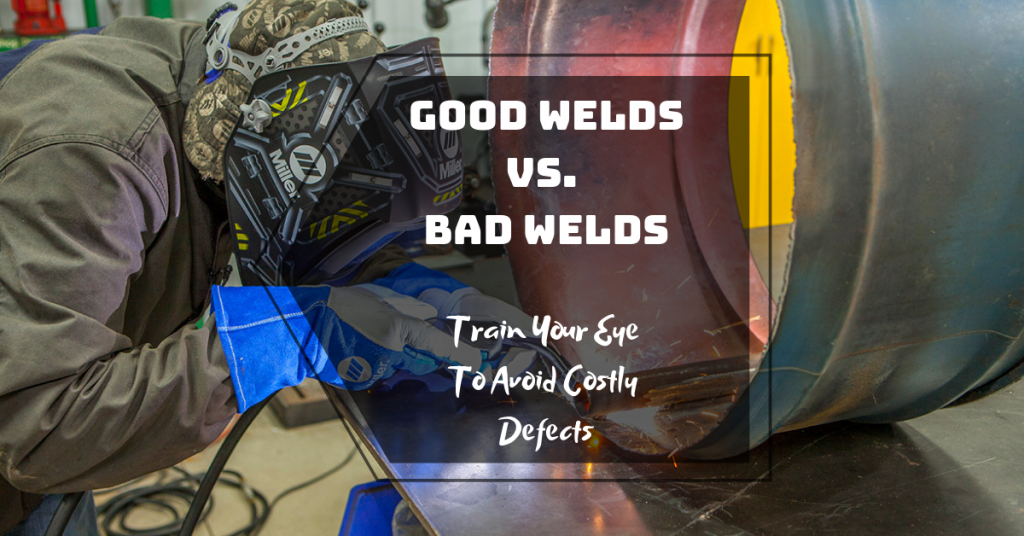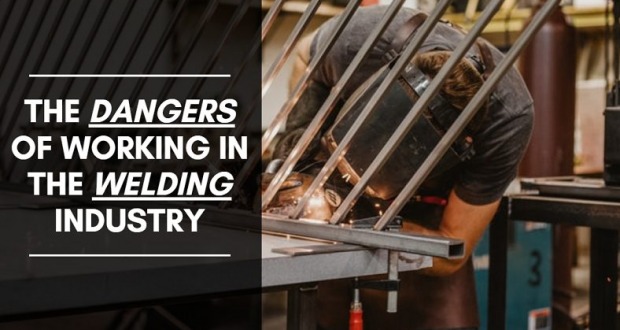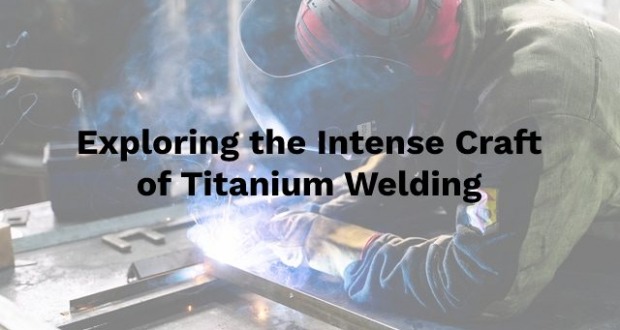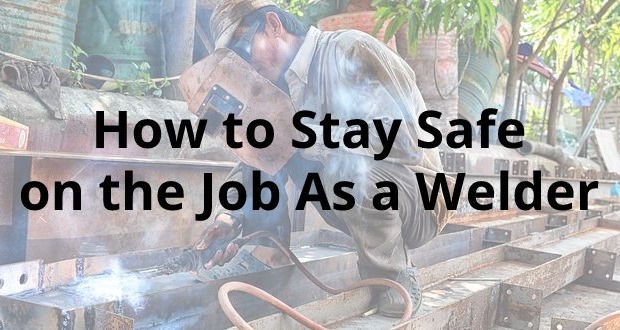
Here’s the first lesson of welding that is good to know: a bead that looks terrible isn’t necessarily bad.
You must test a weld to determine if it is a good one. To look for a lack of fusion, voids, and other faults, you can perform ultrasounds, x-rays, or use a dye penetrant to see how strong it happens to be.
A magnaflux test is also a possibility.
Each type of welding does provide signs that you may have a good weld or a bad weld present. Here are some of the visual symptoms you’ll find when hunting down good welds vs bad welds.
Contents
MIG Welding Good vs Bad Welds
The signs of a bad weld when MIG welding includes a lack of uniformity with the weld. Because the metal sheets tend to be thinner with this method, you’ll sometimes see a crack that runs down through the center of the bead if it is a poor fusion. The parent metal, since it tends to be stainless steel, mild steel, or aluminum, tends to discolor during a bad weld also.
With this type of welding, the parent metal should be about 1/8-inch thick. If you travel too fast down the joint, you won’t receive a complete fusion, which results in what looks like a crack. If your voltage is too low, then your bead will begin to wander.
If the voltage is too high, your bead will be larger and thicker than it needs to be.
TIG Welding Concerns
Because TIG welding uses non-ferrous metals, such as magnesium, the most common sign of a poor weld is burnout. You might also see some welds where there was no filler metal used to create a strong bead. Another common issue is a bead that is flat and wide without a distinctive pattern to it. You might also see undercutting, porosity, and erratic beads that do not serve the joint well.
Stick Welding Faults to See
Stick welding tends to work on thicker metals that have more carbon to them. It is sometimes used with copper, nickel, aluminum, and their alloys. Because of this, the signs of a bad weld usually involve excessive spatter or signs of undercutting. You may also notice a visible lack of fusion in the welding of the pieces together. The bead may also show signs of cracking.
The only way to determine poor penetration with the weld, however, is to conduct one of the tests mentioned in the introduction of this piece.
Oxy Welding Weld Performance
Because oxy welding is used for mild steel, softer metals, and delicate parts, a lack of proper technique will often lead to inappropriate welds. Look for the underside of the weld to have inadequate penetration. You might see excessive globules in the bead itself. Some welds may be much bigger than their counterparts. There might also be some overlapping, cracking, or noticeable porosity in the weld.
Learning the difference between a good weld vs a bad weld will help your work become more consistent. Maintain your best practices, keep your equipment in top form, and then keep practicing.[1] You’ll be able to avoid the bad welds quite easily that way.




















